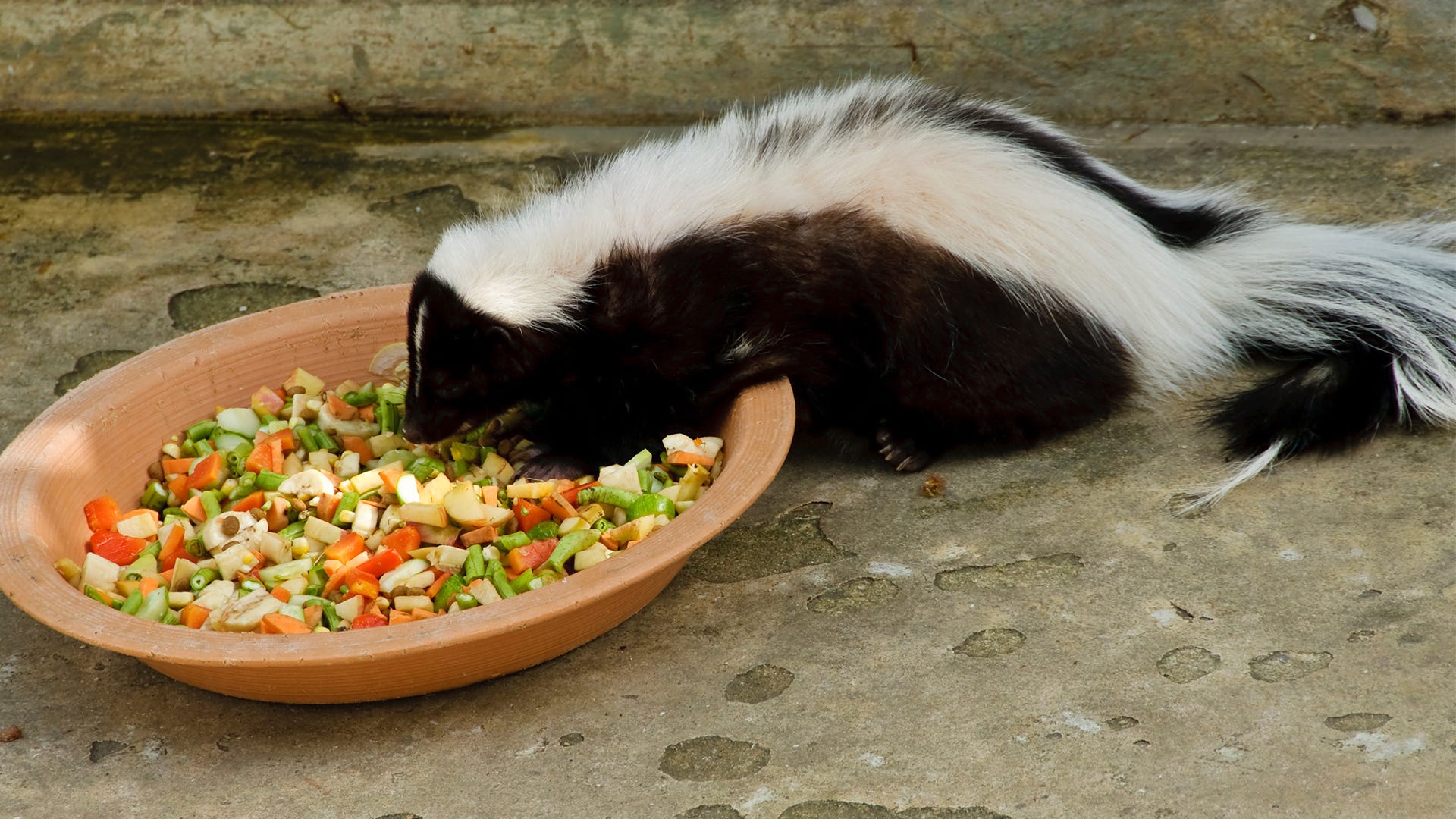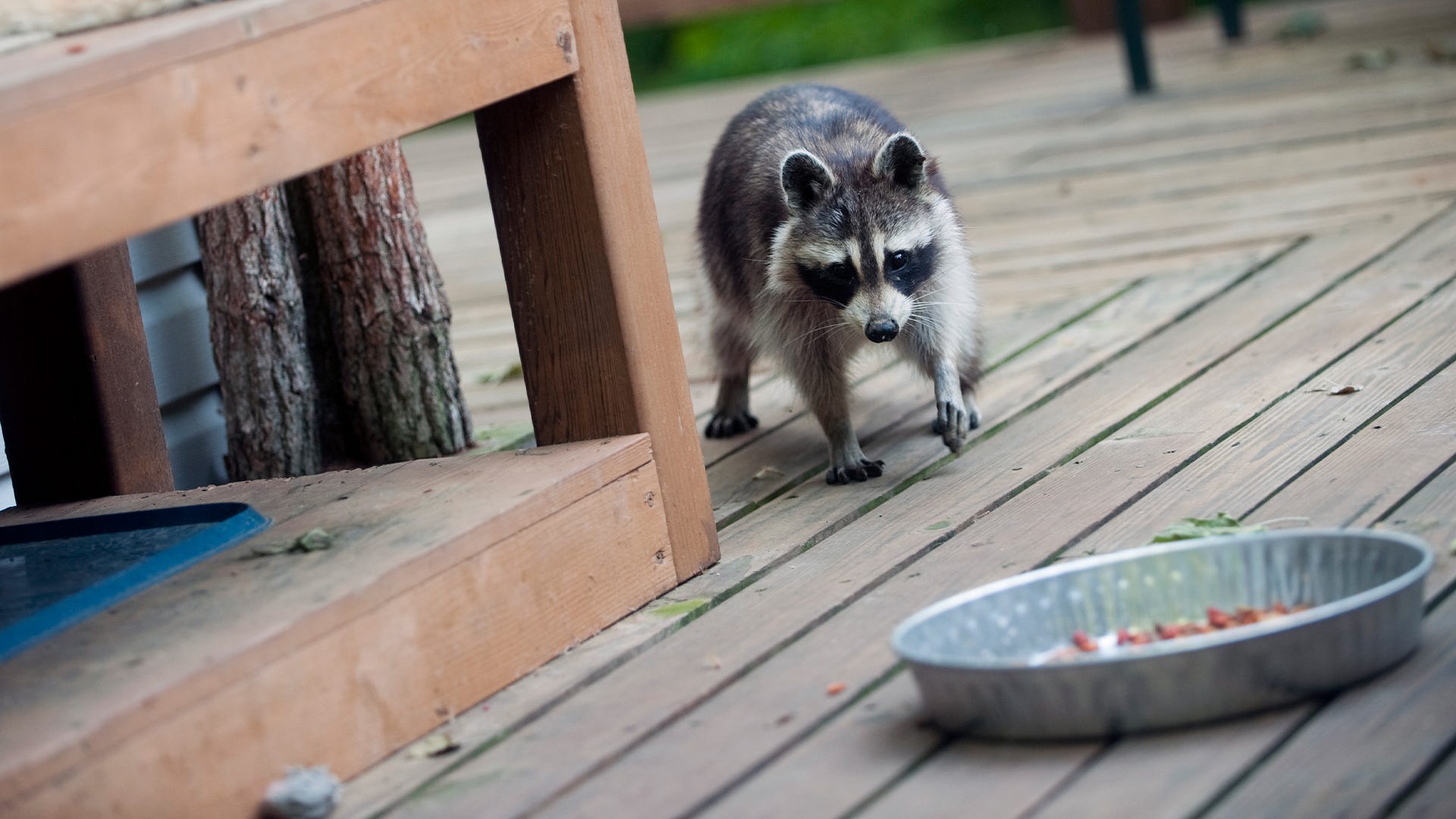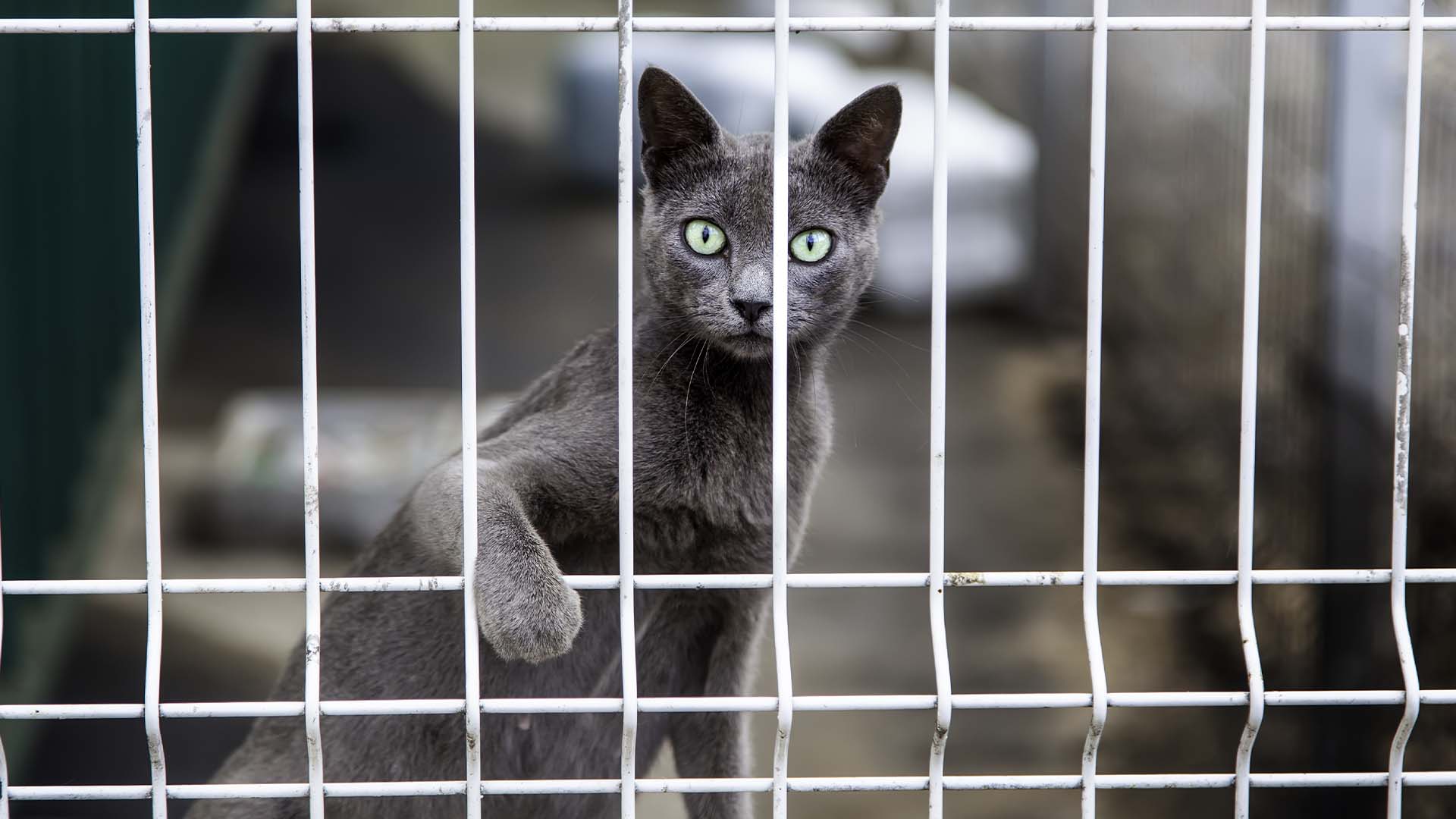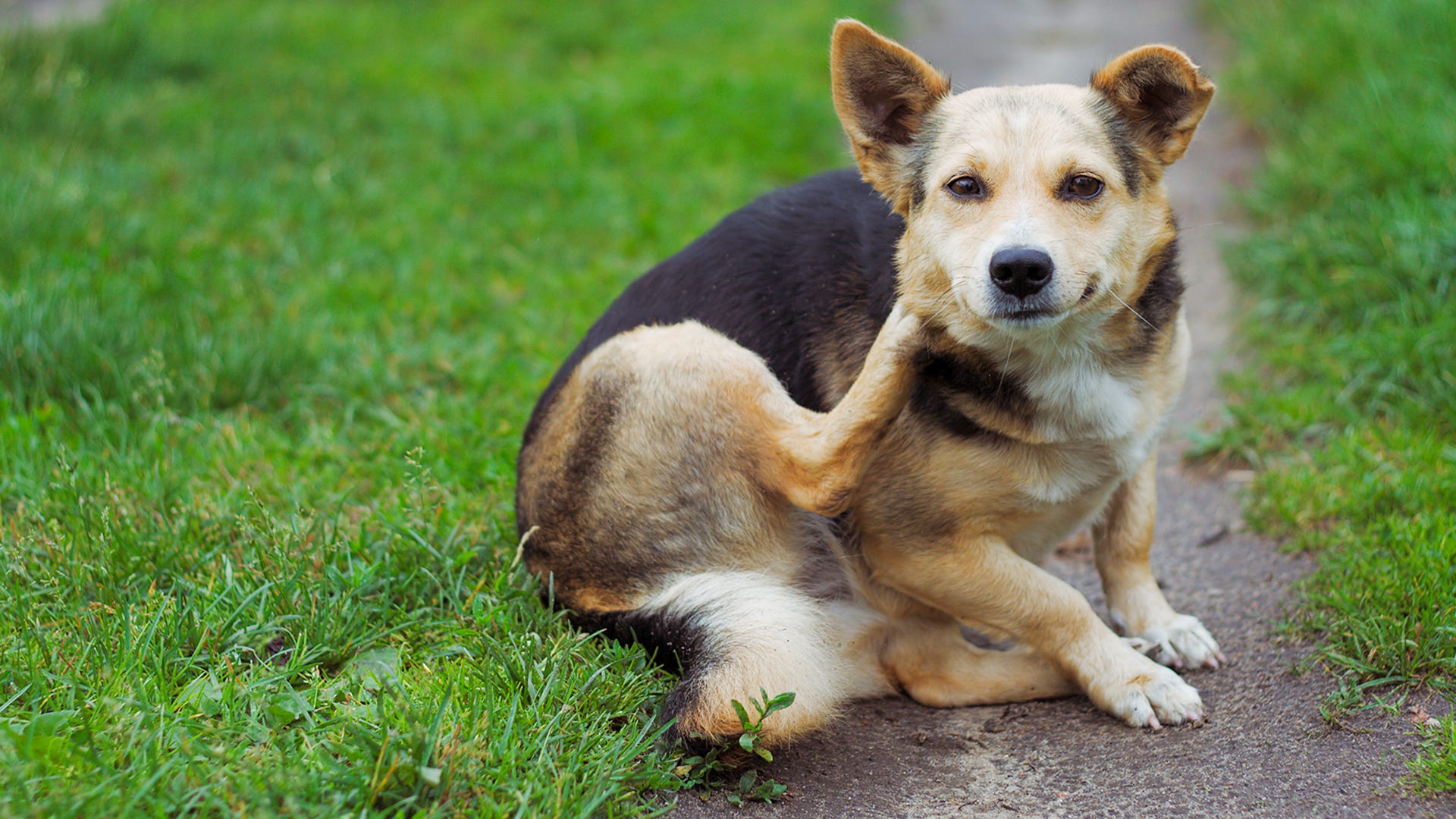Although it might seem like you’re doing animals a favor by placing food out in your yard, it might be harming them and the natural ecosystem in your backyard. Backyard feeding comes with its consequences. On the other hand, feeding wild animals can draw beneficial animals to your yard and provide you with a closer view of nature. We’re breaking down the dos and don’ts of feeding wild animals so that you know what you should and shouldn’t do.
What NOT to Do When Feeding Animals
The first step is to do your research so that you are aware of the potential consequences of feeding wild animals on your property. After you start feeding animals in your yard, they may start depending on you for their food sources and will likely return. The more animals you attract, the more damage to your yard they could cause. Too many animals in one place can also cause an increase in disease transmission to people and between animals.
Another potential danger of feeding animals could mean that they become used to interacting with humans – which in turn can result in them losing their fear of people. Animals can become aggressive or even attack once they aren’t scared of interacting with humans. Not to mention, human-provided food may not meet the nutritional requirements that animals need, hindering their health and causing problems.
Here is what you DON’T want to do:
- Don't give animals “people food” which deprives them of nutrients essential to their diets or could also cause illnesses
- Don’t attempt to touch or befriend the animal
- Don’t leave trash uncovered or leave your pet food outside
- Don’t place food in containers with narrow spaces that animals can get stuck in
- Don't hand feed animals
The more animals you attract to your yard, the more likely you’re going to run into pest problems either in your yard or even in your house.

How to Properly (and Safely) Feed Wild Animals
If you would still like to feed wild animals that are on your property or in your yard, there are ways that you can ensure that you’re doing it correctly so that you and the animal stay safe and healthy. Bringing animals into your yard can be an enjoyable learning experience and can also help your yard in general.
Here’s what you can DO:
- Place the animal food in an animal-specific feeder away from your house, cleaning it often to avoid contamination
- Feed only in small amounts of appropriate food to fit the animal’s diet
- Cut back on the amount of food you’re providing during the warm months when natural food sources are readily available
- Create a habitat or sanctuary that will keep the animals in a centralized location instead of wandering across your property
- Note any cases of overcrowding and be aware of the animals that you’re feeding and if there is any competition between animals
- If you notice an animal acting strange or aggressive, contact your local animal control professional immediately
Before you start feeding the animal, make sure to do your research on the animals that you specifically want to feed and plan accordingly.
Feeding Wildlife in Your Yard
It’s important to remember that once you’ve decided to feed wild animals, they will now view you as a food source. Larger animals that find your food sources unintentionally – or intentionally – may potentially be a threat to you and your family. While feeding wildlife on your property can be a beneficial experience for you as well as the animals, be sure to exercise caution. Check out our Facebook page to share your animal stories and connect with others. Subscribe to our E-Newsletter to get deals, product information, and more delivered right to your email so you don’t miss a thing.




